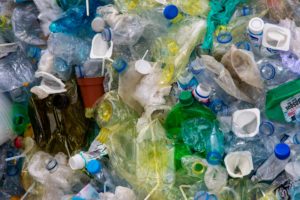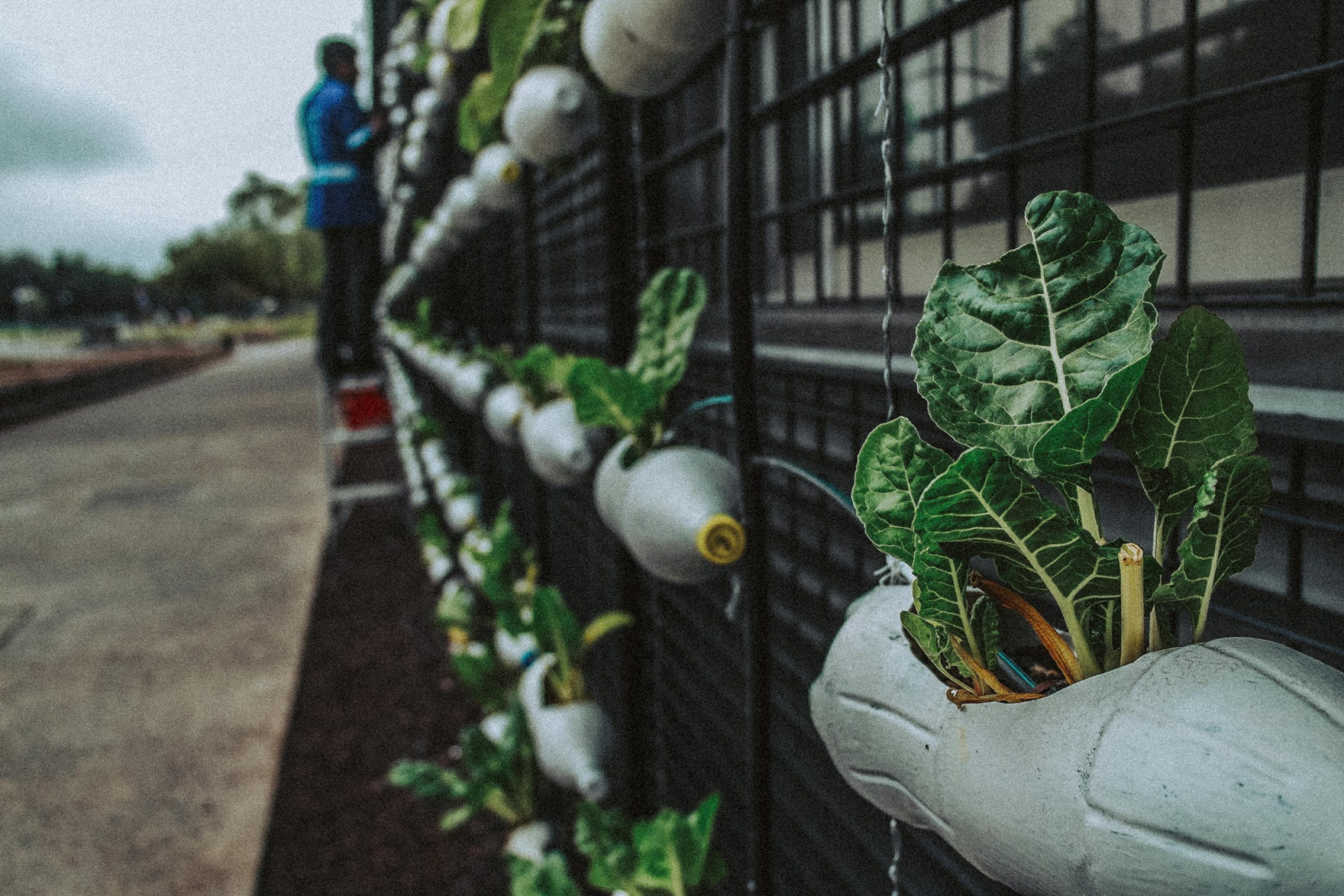It’s All Downcycled From Here

Recycling gives some plastics a second or third life but ultimately recycling just delays the inevitable: all plastic is destined for the landfill. While recycling systems have been developed for plastics that are commonly used and easily broken down, typically #1 and #2, technical and economic factors as well as smaller volumes have prevented recycling of other plastics such as #3 and #7. Plastics also have different properties —even plastics with the same number may be different from one another, for example milk jugs and plastic bags may both be a #2, but bags can’t be recycled in the same way. Some plastics, such as paper coffee cups lined with plastic, cannot be recycled because the plastic cannot be separated from the paper. As a result, many plastic products end up in the landfill.

When plastic gets recycled, the new product usually has a lower value and is not as structurally strong as the original because the plastic polymer is shortened. A recycled water bottle cannot be recycled into another water bottle, it becomes fleece. The higher the quality of the plastic, such as 1 or 2, the better it is for downcycling. The lower quality plastics, like #7 are miscellaneous mixes and are sent directly to the landfill.
Downcycling does have environmental and economic advantages. A common example of the process includes transforming plastic bottles into carpeting or fleece fibers and later turning fleece and carpeting materials into plastic lumber products. Downcycling eliminates waste and by using less virgin plastic to make new materials, there is a reduction in energy costs for production, reduced pollution, decreased manufacturing costs and a slow-down of landfill growth.

While there are some advantages to down/recycling, consumers should be encouraged to reduce and reuse. Upcycling is a creative opportunity to add value by extending the life of already produced plastic. However, whether downcycled, recycled, or upcycled, the best approach to keeping plastic out of the landfill is to begin decreasing our demand so it is not produced in the first place.





